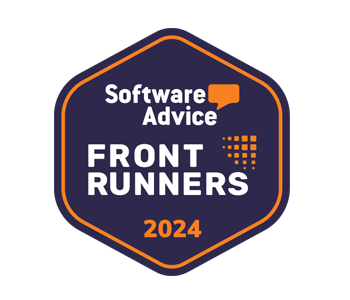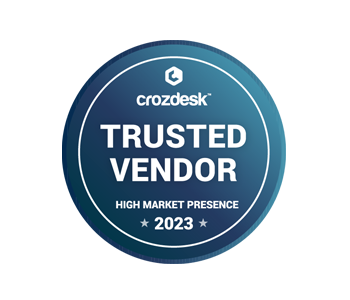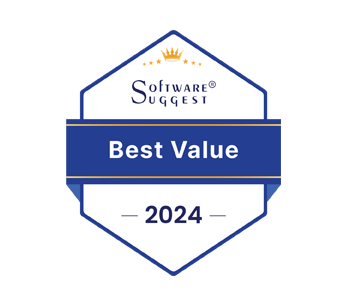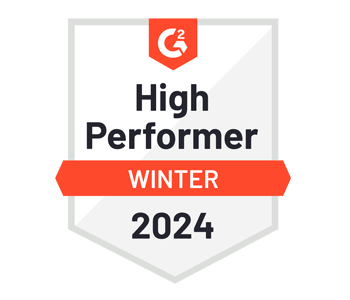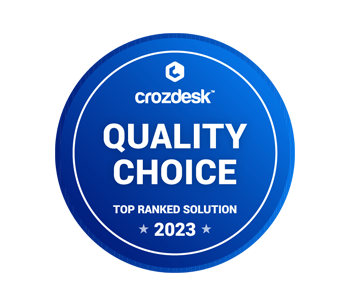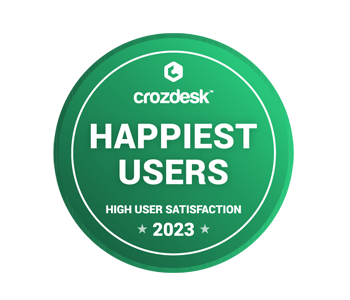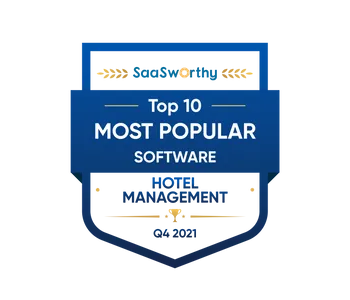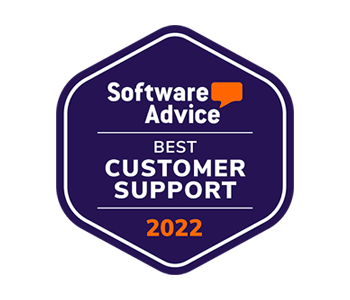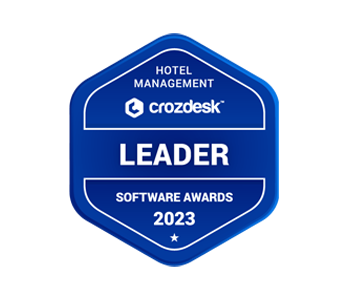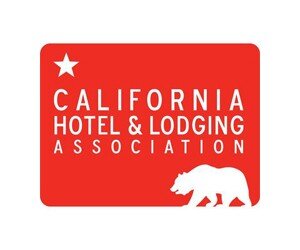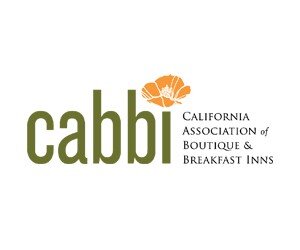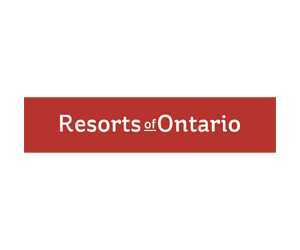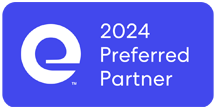Learn how you stack up against the competition by building an accurate hotel compset. Short for hotel competitive set, this is a group of lodgings that are direct competitors with your own. Analyzing your hotel’s compset unveils information to help you stand out from these competitors and become the most desirable option. Basically, you must identify the competition to beat the competition!
Your guests use your hotel’s compset too. When accommodation shopping, travelers want to find the best value and guest experience for their money. They compare similar hotels and analyze room rates, special packages, services, and amenities. By discovering the list of hotels consumers compare your operation to, you can strategize to become the top choice.
Now that we’ve established why identifying your hotel’s compset is important, let’s outline how to determine that compset.
The first step is to recognize your hotel’s distinct features, find other hotels with similar features, and compare them. Avoid comparing apples to oranges. Usually, a hotel compset includes four to ten direct competitors. You may consider more than one compset depending on the room types and features you offer. For example, if your hotel has both a conference room and state-of-the-art spa, composing one compset that includes business hotels and another focused on wellness hotels is beneficial.
Here are a few elements to consider when building your hotel’s compset:
Hotel Location
Concentrate on similar competitors in your general area. Comparing your business with those in different countries or states will not provide an accurate analysis on which to base your pricing or marketing content. Furthermore, travelers view hotel location as one of the most influential factors when booking, so nearby hotels are your direct competition.
Services & Amenities
Some services and amenities like pools, bars, free breakfasts, spas, and on-site activities aren’t available everywhere, so it’s essential to compare with nearby hotels that boast similar features to yours.
Of course, you probably won’t find hotels identical to yours in every category; however, you can include the ones that are most similar. For example, if your operation is one of the only ones with a pool, it’s okay to include hotels that lack pools but overlap in other areas, such as room types or food and beverage (F&B) options.
Room Selection
Travelers compare room selections between properties when determining the best value for money. Identify nearby hotels with similar room categories, bed configurations, and room amenities to help you price competitively.
Target Demographic / Market Segment
Do business people stay with you and rent out your meeting rooms? Do leisure travelers de-stress while getting a facial at your spa? It’s crucial to seek out competitors who market to the same guest demographics as your hotel since you are vying for the same customers.
Star Ratings
Discover where your hotel fits in the current market by looking at your star rating. Then, identify other hotels with comparable ratings to get a list of potential competitors. Guests will view your hotel alongside those similarly ranked hotels when choosing where to book, so comparing like for like in this category is vital.
Review Scores
A favorable online reputation is often the deciding factor for travelers when comparing equivalent accommodation options. For this reason, evaluating operations with similar guest reviews to yours helps identify which hotels offer comparable amenities and customer service. Then, you can set yourself apart by emphasizing your next-level, unique stay experience.
Pro tip: To elevate your hotel’s guest reviews above your compset, implement guest messaging before, during, and after a stay to immediately resolve complaints and criticisms before they hit the internet.
Monitor Daily Rates
You may notice competitors frequently change their prices to offer the right price at the right time. Room rates rise or drop to capture same-day bookings or leverage other travel trends.
Ensure your hotel provides the best offers by using a rate shopper to competitively price rooms in an ever-changing market. Instead of asking employees to manually research and monitor your competitors’ rates, rate shopping software automatically collects and analyzes competitor prices on all major online travel agencies (OTAs) for the hotelier’s market. Boost revenue and gain a significant advantage over competitors by connecting your revenue management system (RMS) to your property management system (PMS) to make the most of this powerful tool.
Consistently Review & Edit Your Compset
Your hotel’s compset is never static. A good practice is to review your compset every six months. This way, you avoid comparing your business to hotels that may have closed, moved, renovated, or rebranded.
Conduct ongoing research to review your competitors’ packages, amenities, and marketing strategies. An easy way to stay updated is to sign up for their email newsletters. You can also set up Google alerts to monitor the web for information, using hotel names and keywords, such as “property renovations,” “sponsorship,” etc. Review what your compset offers to guests and improve upon it to rise above them.
On a personal level, we are advised to avoid comparison and embrace our individuality. On a business level, comparing ourselves to the competition leads to valuable insights that improve performance and foster success. However, hoteliers mustn’t copy what their competitors are doing (instead, take what they do and make it better). Ensure your hotel stands out to consumers by emphasizing your unique selling proposition.








